The color of the naval uniform, like the uniform itself, changed several times. All elements, shades and cuts of uniforms were selected taking into account functionality and convenience. Over the years of its existence, the naval uniform has remained virtually unchanged. The model was approved back in 1951 and has only been expanded since then. Read more about why the ceremonial uniforms of naval personnel are white.
Why do sailors have white dress uniforms?
Two shades are considered traditional for sailors: white and blue. It is no coincidence that the dress uniform is white. For Navy personnel, it is considered very symbolic. Achromatic tone is associated with sea foam, clouds, breakers and blocks of ocean ice. Even on land, putting on a ceremonial uniform, military personnel keep in their hearts memories of the open spaces of the sea and snow-white clouds. In addition, a suit of this color looks very solemn.
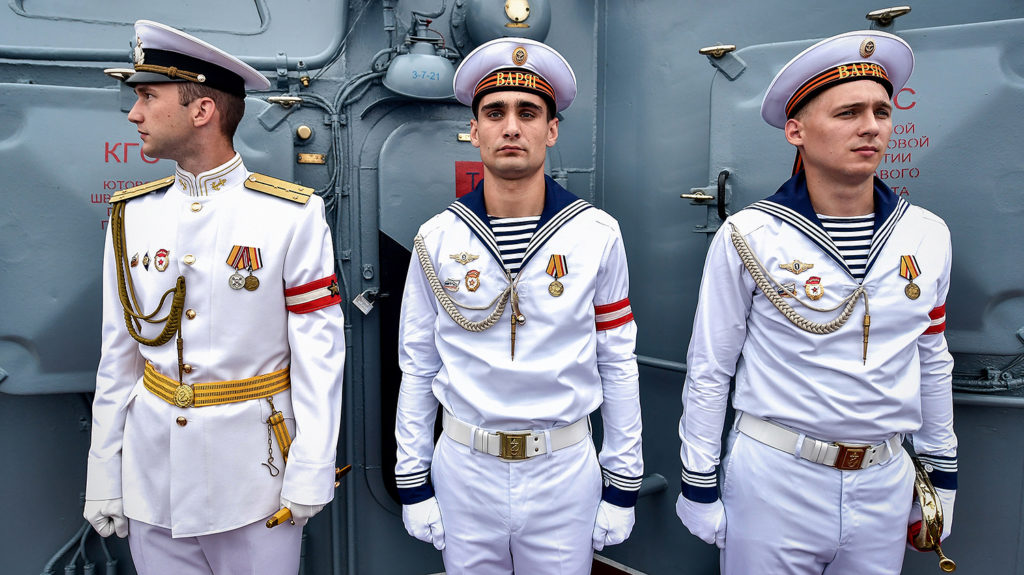
The clothing of officers and midshipmen includes the following elements:
- wool cap;
- uniform jacket;
- coat;
- cream shirt and tie;
- trousers with belt;
- shoes;
- scarf and gloves.
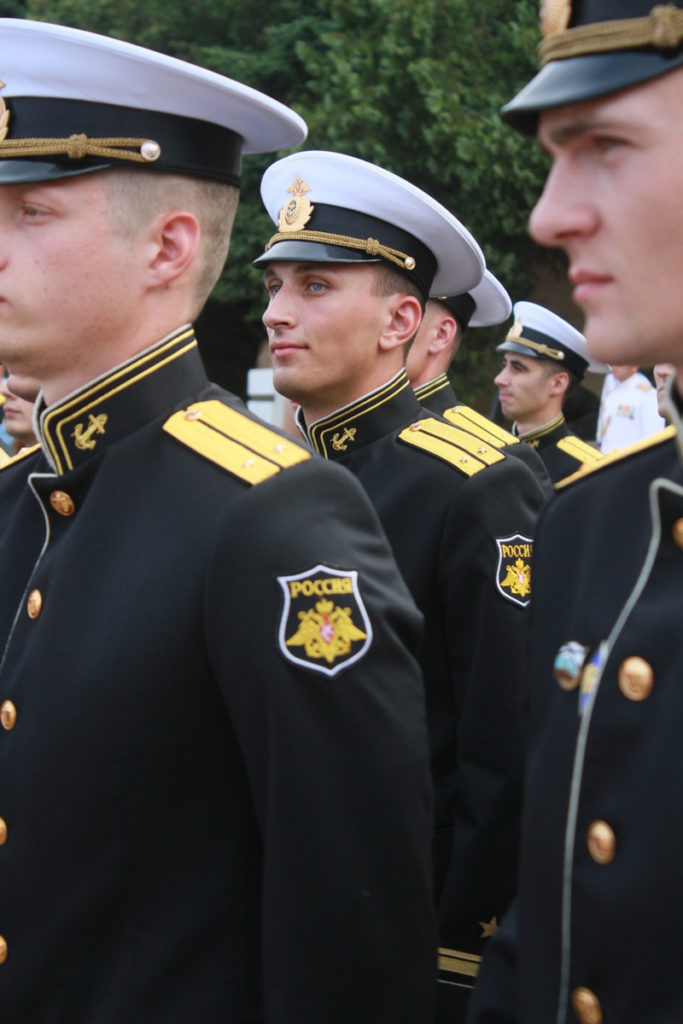
All clothes, except the shirt, are made in a laconic black tone. Moreover, officers are allowed to wear a sweater, jacket, cap and jacket.
Girls in the navy wear a woolen skirt, a cream-colored blouse, a jacket, a gold-studded tie and shoes. The sailors' uniform is predominantly black. Even on the hottest day, girls are required to wear nude tights. In winter, the uniform set is complemented by a woolen coat and muffler. You are also allowed to wear a hat with earflaps and a sweater.
Ceremonial sets
There are several of them too.
The fundamental difference is the color. Black and white are the two colors allowed in the Navy. A gold-studded tie is required. The basis of any dress uniform is black trousers, a white shirt and a gold belt.
The petty officer and sailors wear a traditional striped vest. The headdress is a capless cap in summer and a hat with earflaps in winter.
The women's version of the "paradka" also almost completely imitates the everyday one. The only difference is that the festive costume is equipped with a gold belt. The jacket and scarf are white.
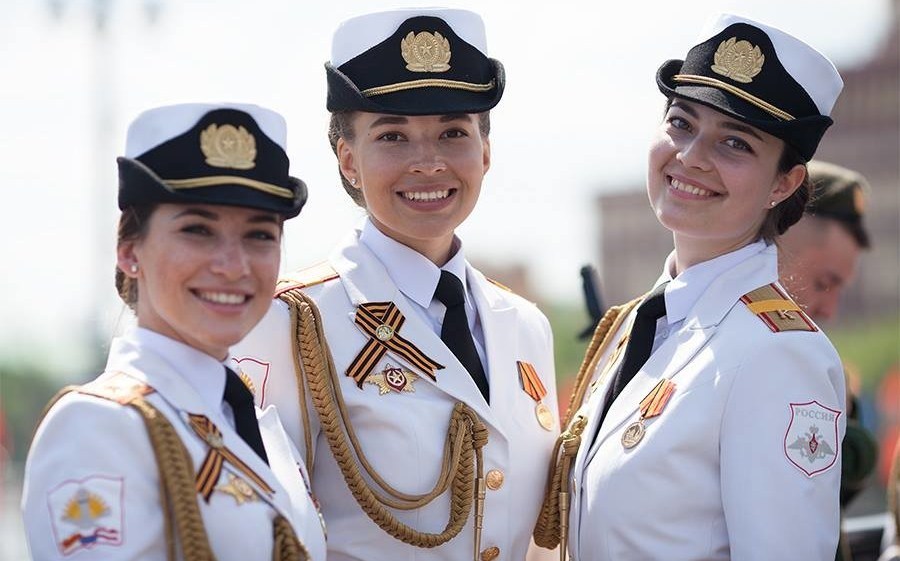
@aleksey-pelevin.blogspot.com
The white dress uniform of sailors looks very beautiful and solemn. But unfortunately, they may not demonstrate it as often as they would like!


 0
0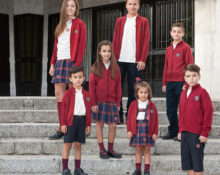



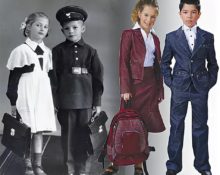
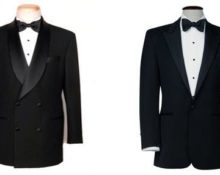

So did the form change or not?
The sailor does not have a collar, but a guy.
Found a mistake? Select it and press Ctrl + Enter.
The whole article needs to be highlighted))
What is shown is form number one (simpler - form one). The fact that she dresses up once a year, on Navy Day, does not make her dress up. What makes it ceremonial is a ceremonial belt with a dagger over the jacket for officers and midshipmen, and a white belt for sailors. The fact that in the first photo there is a white jacket is when they introduced it. Previously, there really was a white jacket, a white shirt, a tie, a cap with “oaks” for junior officers, and a twisted cord on the cap for midshipmen. But this is just the form.
There is also a black dress jacket. It differs from everyday wear by stripes, shoulder straps and “Christmas trees” on the collar. That’s how it used to be, now it’s the same.
Further.
The clothing of officers and midshipmen includes the following elements:
wool cap; - nonsense. caps are white and black. White is worn from May 1 to September 30.
Wool has nothing to do with it.
hat with ear flaps. wearing a cap in winter is not very good...
uniform jacket; – black (casual and dress) and white, + jacket (or even two: dark
blue and blue)
coat; Previously there was a cloak, now maybe a coat + overcoat
cream shirt and tie; cream shirts with long sleeves and short, plus
white – front
trousers with belt; and not alone, as far as I remember, three of them were sewn at once (by the way, as far as I remember, everything was sewn in the studio, except for the raincoat and jackets - the latter were issued at
size
shoes; low shoes and boots, on submarines there are also leather slippers with holes
scarf and gloves. black and white. The white scarf was issued as silk (natural silk). Behind
With your money you could buy wool.
Plus underwear, socks...
You can also write a lot more about sailors, but I’m too lazy
The author is not entirely right.
The uniform in the Navy has always depended not only on whether it was formal or not, but also on the time of year.
It was given ceremonial appearance by belts, daggers, decorations on the collars of jackets, “oaks” on the caps of junior officers, awards instead of “pads”, then aiguillettes...
The pure white uniform in the USSR was only in the Black Sea Fleet and the Caspian Flotilla (at least during my service in both the Northern Fleet and the Baltic Fleet, we did not even receive white trousers or white shoes) - this is the “No. 1” uniform. It was installed in the summer at a certain air temperature.
Next came uniform “No. 2” - a white top, and dark trousers and boots.
And the uniform “No. 3” is all dark, but from the first of May to the first of October - a white cap and a white visor.
This applied to both casual and dress uniforms.
Then there is also the form “No. 4” and “No. 5”. The uniform number was established by order of the garrison commander.
At the Northern Fleet in Severomorsk, in the summer of 1967, for example, uniform “No. 2” somehow lasted exactly one day. Then she was reintroduced for a longer period. Everything depends on the weather.
Not only from the time of year, but also from the climatic region of the service. In Kamchatka, even the certificate did not include a white uniform. There has never been either form No. 1 or form “2. I would like to. There were also hot days. Therefore, there were never orders from the head of the garrison to switch to this form. Service 1971-1974
Written:
“In pre-war times, the ceremonial uniform differed from the ordinary dark blue only in gold shoulder straps.”
In pre-war times there were no gold shoulder straps, there were no shoulder straps at all, they were introduced only in 1943.
I remember how my father relievedly took off his tunic with a stand-up collar when tunics with a classic lapel were introduced. And so they imposed these uncomfortable jackets again: do they think that this will make them equal to the great army of victors? But the star was removed from the cockade: now you can understand whether this is a sailor from the Russian fleet or from Abramovich’s yacht. And regarding the white/black caps: I always thought that white summer covers were simply put on the black caps. Is not it?
Your daddy served anywhere but in the navy. The most respected uniform in the Navy in the 70s and later was the stand-up collared jacket. In other types of armed forces they were eradicated. The “tunic with a classic lapel” in the navy was double-breasted and called a jacket. Outside of formal cases (let's say going to a restaurant), uniform in a tunic was mandatory. The caps in the navy were both black and white. The blacks didn’t like to call them wooden and only wore them for inspection. They were sewn to order from various private craftsmen. White ones were sometimes sewn, but the classic was the altered one (throw out some of the cotton wool, reduce the crown, etc.) called “mushroom”. If a naval officer (especially a naval officer) does not wear a “mushroom”, then it’s like in the famous film about the hussars: “Again, the staff officer, they should send better vodka.” The Russian cockade, of course, is much inferior to the Soviet one, but no one removed the stars from there. So I don’t know, Vasily, where your dear daddy served, but definitely not in the navy.In the Indian Ocean, I wore red sports shorts and flip-flops on the navigation bridge; it was impossible to stand on the hot deck in uniform leather slippers. And he has an unsolvable problem with his stand-up collar.
A white cover is put on the black cap and it becomes white.